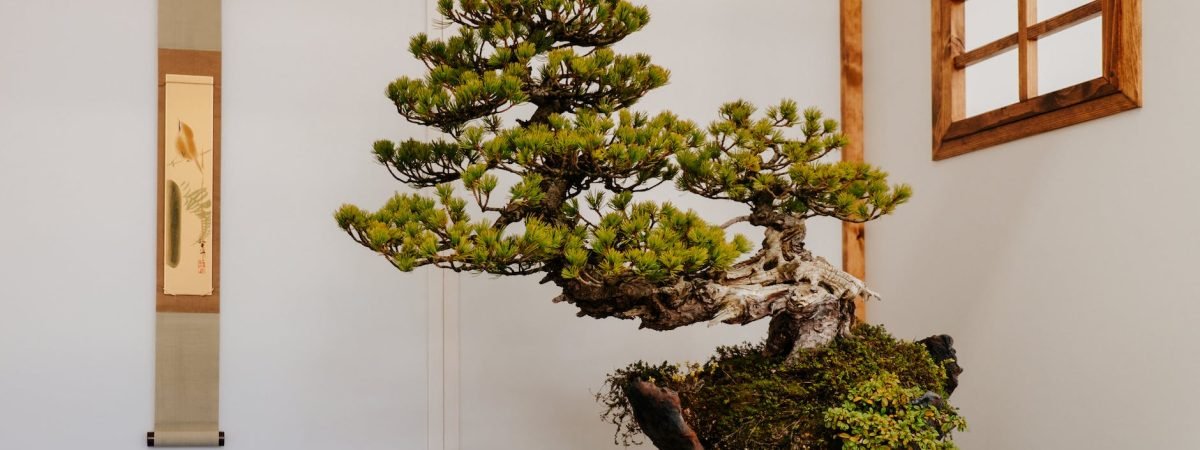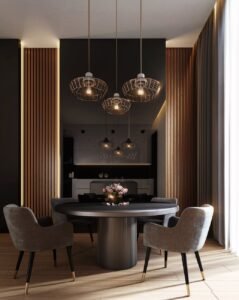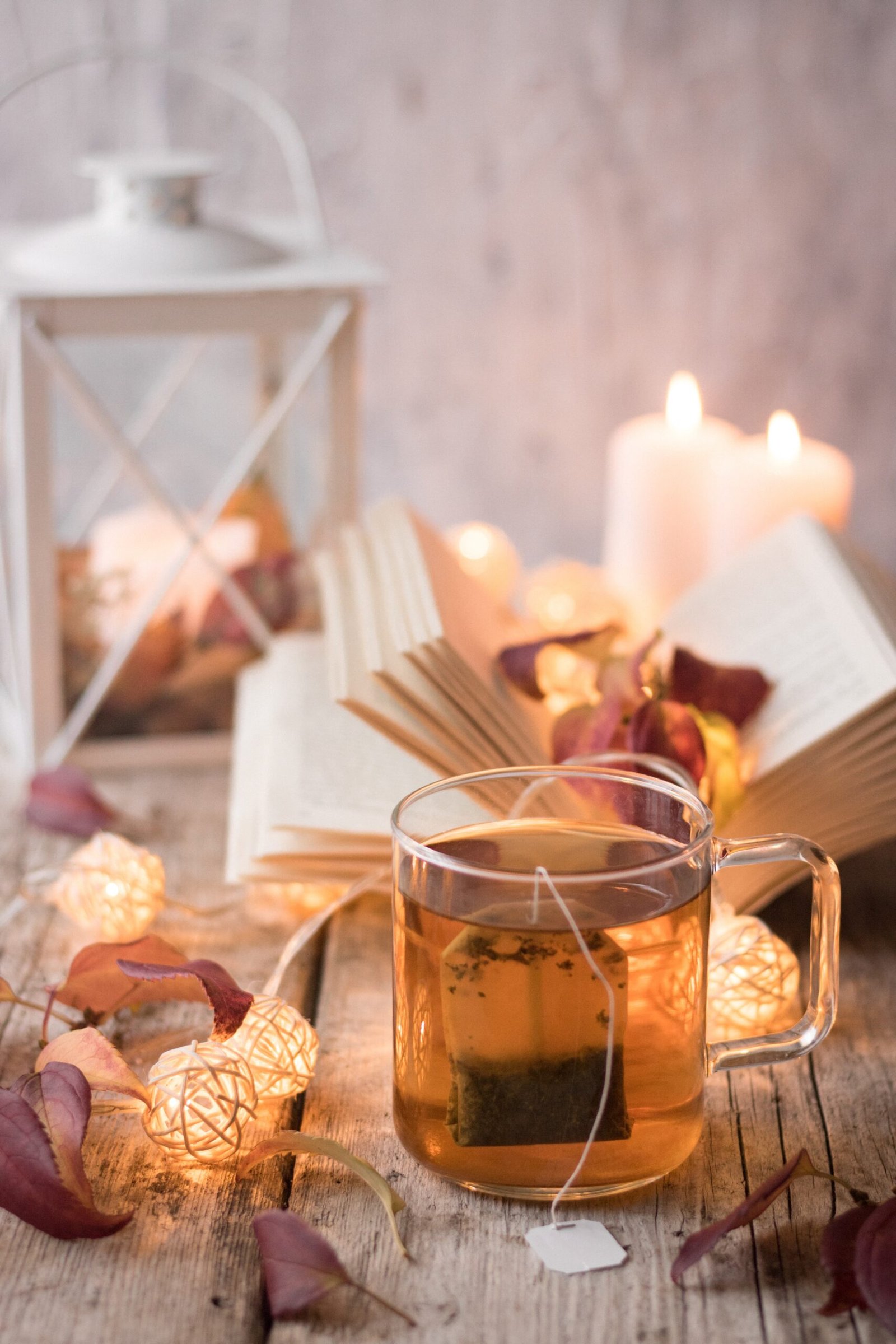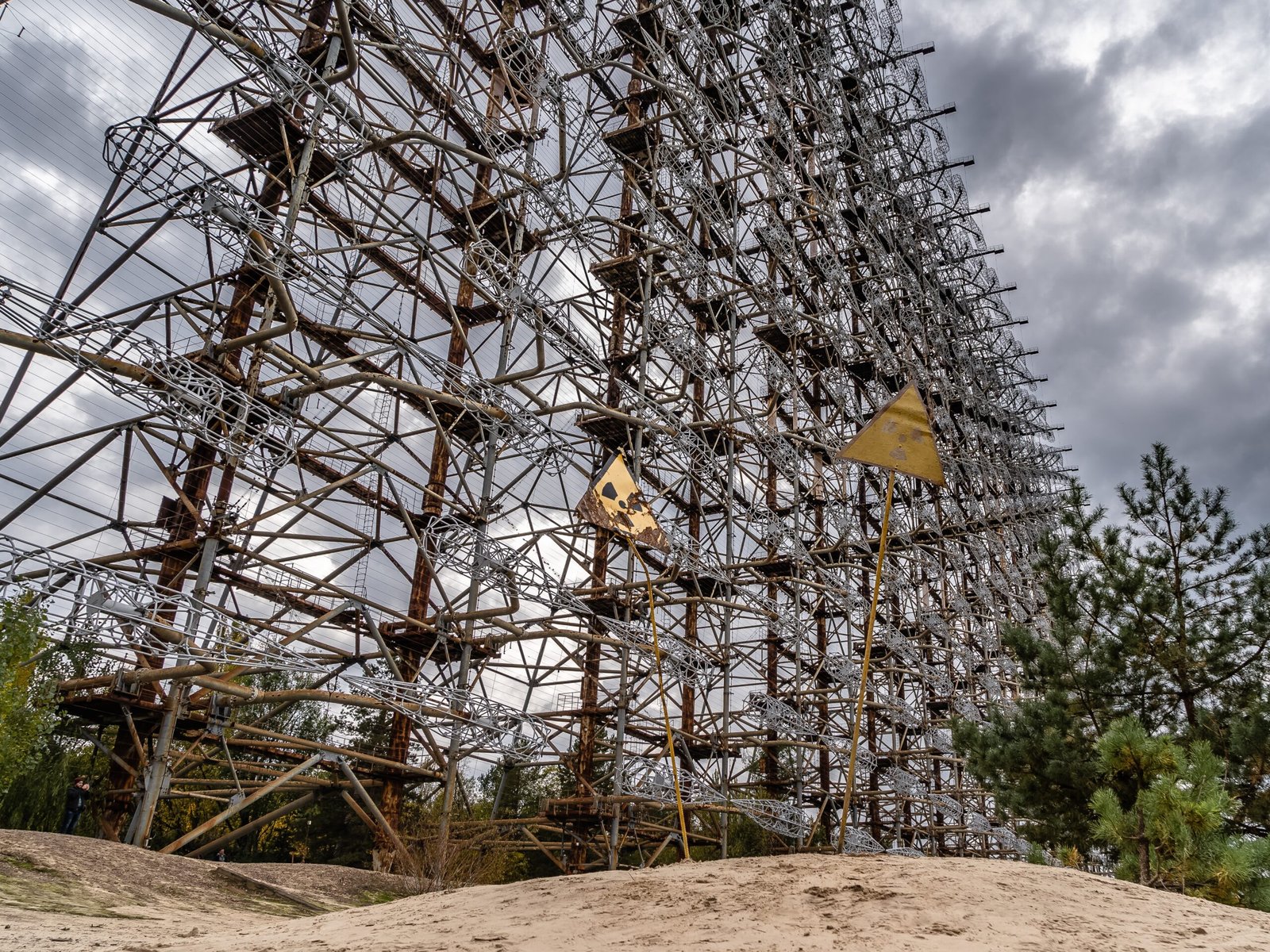Terrariums are miniature gardens enclosed in glass containers that allow you to create your own little green world. These self-contained ecosystems are not only visually appealing but also provide a sense of tranquility and connection with nature. Whether you have a green thumb or are a beginner in gardening, terrariums are a perfect way to bring nature indoors and add a touch of beauty to your living space.
Choosing the Right Container
The first step in creating a terrarium is selecting the right container. Glass containers, such as jars, fish tanks, or even light bulbs, work well as they allow sunlight to penetrate and create a greenhouse effect. Ensure that the container has a wide opening for easy access and good air circulation.
Layering the Base
Before adding plants, it’s important to create a suitable base for your terrarium. Start with a layer of small rocks or pebbles to provide drainage and prevent water from accumulating at the bottom. On top of the rocks, add a layer of activated charcoal to filter the air and prevent any unpleasant odors. Finally, add a layer of sphagnum moss or horticultural charcoal to separate the soil from the rocks and charcoal.
Choosing the Right Plants
When it comes to selecting plants for your terrarium, it’s important to choose those that thrive in a humid environment and require minimal maintenance. Succulents, air plants, and ferns are popular choices as they are hardy and can adapt well to the enclosed environment. It’s also important to consider the size of the plants and ensure they won’t outgrow the container.
Arranging the Plants
Once you have chosen your plants, it’s time to arrange them in your terrarium. Start by creating a focal point with a larger plant or a group of plants. Place taller plants towards the back and shorter ones towards the front to create depth and visual interest. You can also add decorative elements such as small figurines or rocks to enhance the overall aesthetic.
Caring for Your Terrarium
Maintaining a terrarium is relatively easy, but it’s important to follow a few guidelines to ensure its longevity. Place your terrarium in a location that receives bright, indirect sunlight. Avoid placing it in direct sunlight as it can cause the glass to overheat and damage the plants. Water your terrarium sparingly, as the enclosed environment creates its own water cycle. Only water when the soil feels dry, and be careful not to overwater as it can lead to root rot.
Creating Variations
Terrariums offer endless possibilities for creativity and personalization. You can experiment with different types of containers, plants, and decorative elements to create unique and eye-catching displays. Consider adding colored sand, seashells, or even miniature fairy garden accessories to add a whimsical touch to your terrarium.
The Benefits of Terrariums
Aside from their aesthetic appeal, terrariums offer numerous benefits. They can improve indoor air quality by filtering pollutants and releasing oxygen. They also require minimal space and can be a great option for those living in apartments or small homes. Additionally, caring for a terrarium can be therapeutic and provide a sense of accomplishment as you watch your miniature green world thrive.
In conclusion, terrariums are a beautiful and creative way to bring nature indoors. With a few simple steps, you can create your own miniature green world that will add a touch of beauty and tranquility to your living space. So why not give it a try and embark on the art of terrarium making?















